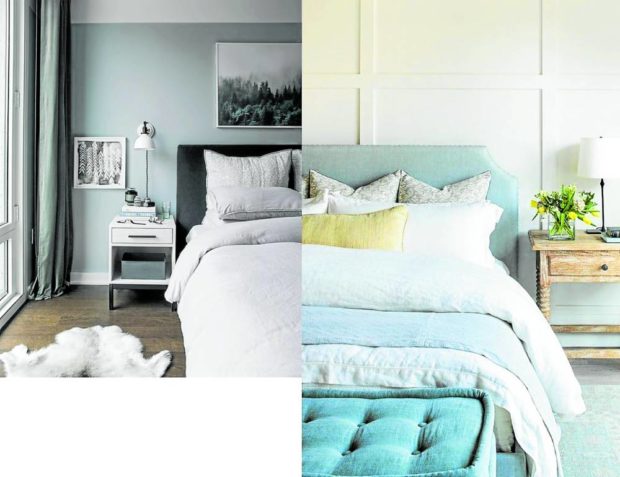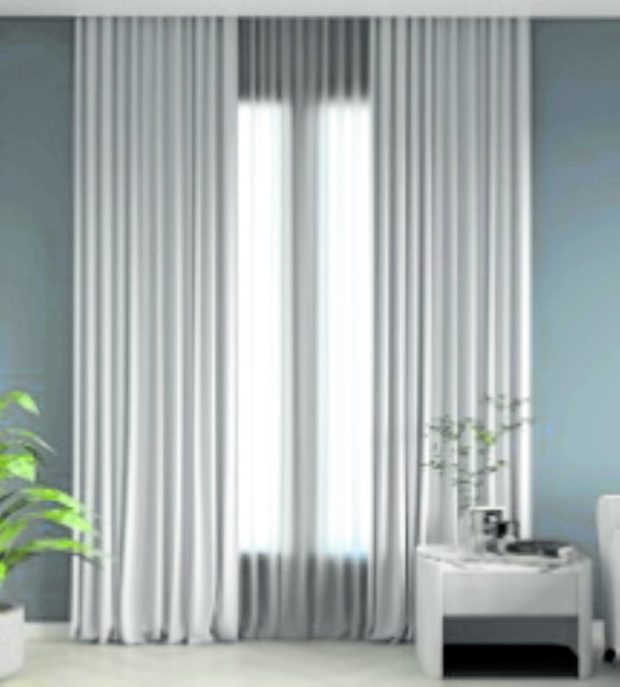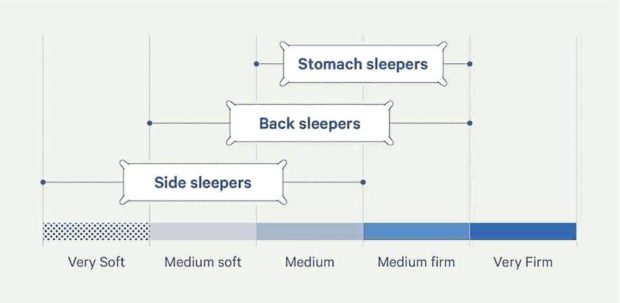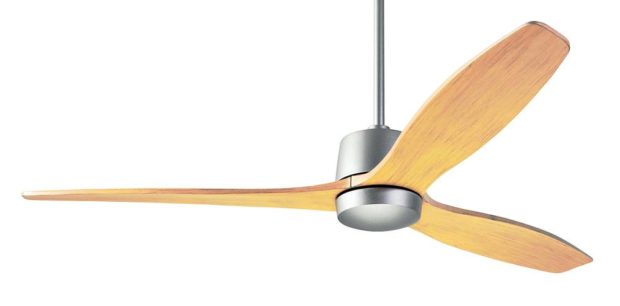Hacking your room for sleep
At no other point in recent history have we been so preoccupied with our sleep.
For many years, what mattered most was the magical eight-hour duration, the basic prescription for rest and restoration. But today, the science of sleep has become more elaborate given our complex and hurried lives. The focus has become to sleep better, not just longer, with the quality, depth and continuity of sleep all ranking in the criteria of a good night’s regeneration as the cradle of our well-being.
Sleep trackers like smart watches and Fitbits act like watchmen for our snooze hours, but while they track, they do not enhance. Sleeping well is largely left to the habits and surroundings of an individual. As I firmly believe in changing the things that you can for a better quality of life, I’d recommend rearranging, modifying and tweaking your bedroom to be on top of your list.
Cooler temperatures
Keep your room cool at 15.6 to 19.4 degrees Celsius. This is the prescribed sleep temperature for adults. Studies show that cooler temperatures promote the production of melatonin, help you drop into sleep faster, and help the body achieve restorative deep sleep.
Here, growth hormones are released, muscles and tissues are repaired, and our bodies clear out wastes and toxins. If nightly airconditioning hurts your pocket, consider the use of a ceiling fan which not only provides better airflow, but is usually quieter than other fan types. Keep your bed height closer to the floor, where cooler air settles.
Comfortable mattress, beddings
Make sure to have a comfortable mattress and beddings. A good mattress should cradle your back and neck to reduce any neck, shoulder, upper back and lower back stresses. There are no rules for hardness of softness, the choice will depend on your body and sleep position.

Soft material and cool pastel shades of blue simulate a cooling and relaxing environment for sleep.—Will Taylor (bright.bazaa) and Whitesands (mydomaine.com)
For pillows, harder pillows will support your neck better when sleeping on your side. On your back, softer pillows will keep from straining your neck. If your space can accommodate it, use a king-size mattress to allow for more movement. Bear in mind, too, that memory foam mattresses are usually warmer while the traditional spring-based ones provide better airflow intense, or cooler. Choose wisely.
Regulate your bedroom lights
Your bedroom’s artificial lights should be kept to a warm temperature and located at a level below your standing eye-level. Avoid using ceiling lights. If you must, keep them dim and yellow.
Studies show that the kind of light you are exposed to throughout the day affects the cycle of your sleep, hence, stay away from blue spectrum lights found largely in daylighting and electronic devices in the early evenings. And during sleep time, white lights are sure to sabotage your slumber so keep the use of electronic gadgets minimal and stow them away after use.
Invest in acoustics
Reducing the amount of noise transmitted into your sleeping spaces can greatly enhance sleep quality. While you may not want to completely block off the noise for security reasons, installing trims around door openings, door bottom gaps, installing acoustical curtains, or even adding a second layer of windows if you live in an excessively noisy neighborhood, can all prolong or greatly enhance the quality of sleep
Wrap your room or accentuate in cool colors
Studies have shown that bedrooms in cool pastel shades—especially light blues, greens and yellows—are conducive to sleep. They visually cool you down and are very calming to the eyes. Avoid strong and bold shades of blue, and do not use warm colors especially the stronger shades of red and orange which are both visually jarring and connote activity and restlessness.
Minimize visual clutter
Out of sight, out of mind! Clutter stimulates the brain away from a restful state. If you have a worktable in your bedroom, locate it outside of your visual field when viewed from sitting or lying position on your bed. Keep your books and other items inside your night tables, including your electronic gadgets. If you have accessories, artwork, shelving, and other décor, make sure they are properly arranged and are free of anything that can annoy you visually, or trigger you emotionally.
Shield your eyes from morning light
Our optic nerves are very sensitive and a small stream of light can wake us at the crack of dawn. While eye masks or covers are practical, they can sometimes be uncomfortable and inconvenient. Make sure to have a layer of black out curtains or shades, paying attention to their edges where small gaps will allow light to creep in. Ensure that there are sufficient overlaps, or channels to enclose the edges and seal off the light.

Window treatments should be able to seal off light, enabling one to sleep longer hours.—roomdesign.com
Establish a rhythm for sleep
Science shows that the time you wake up is more important than the time you sleep. To regulate your length and quality of sleep, head to bed and make sure you set your alarm to ring at the same time every morning. Worried about not getting enough? With a regular wake time, your body will adjust, and your sleep will become more efficient.
Our waking-hour activities should be dictated by our sleep cycles, and not the other way around. Productive and enjoyable days can only happen when they are supported by a good night’s sleep that may or may not be eight hours long, but has quality, depth and continuity made possible by a well-crafted environment.


